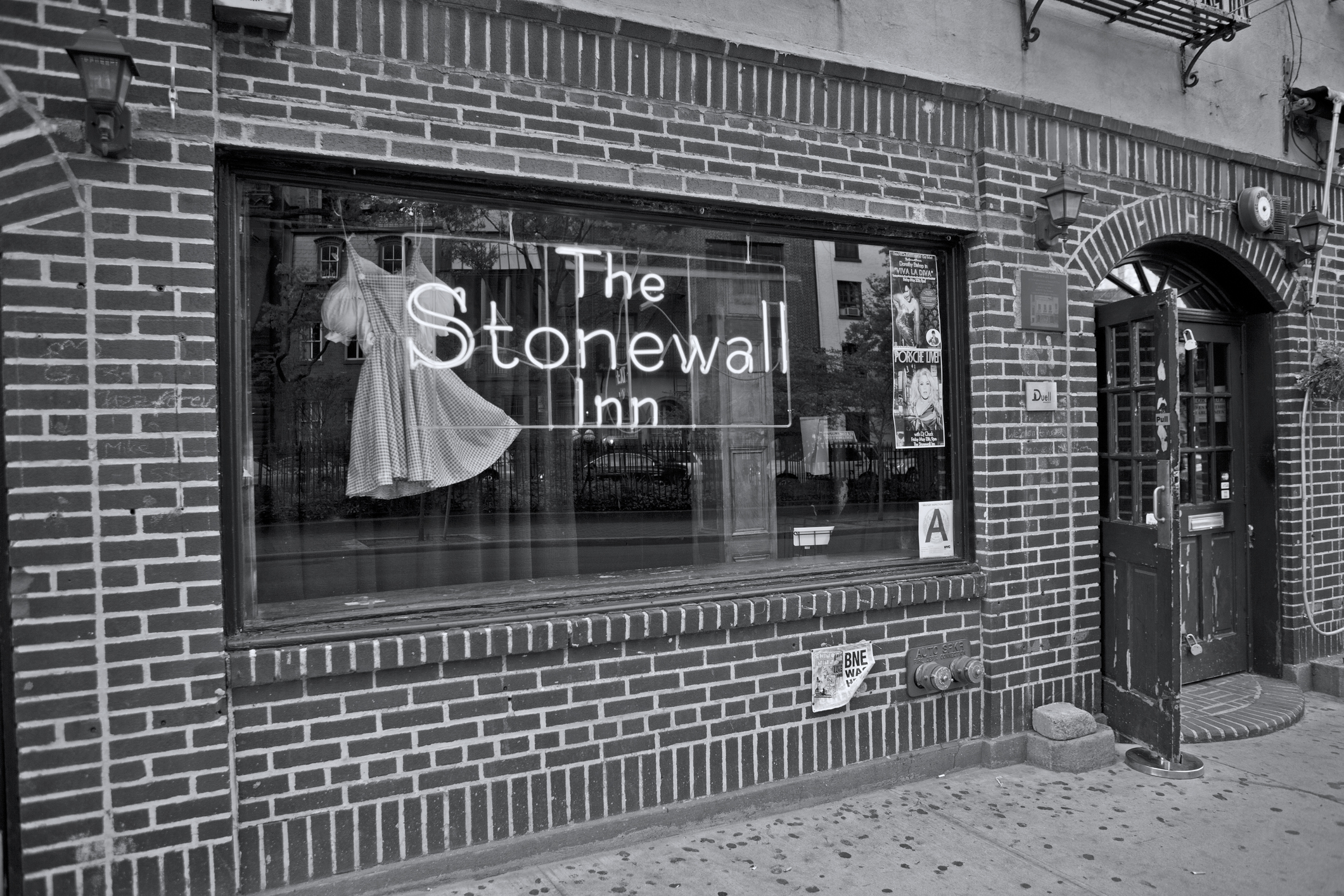‘Love is Love’, they say. Rainbow is not just hope for them, but behind the beauty of seven colors lies a moving spectrum, parts of which are stereotypes, equality, neutrality and discrimination. From protests to global parades, the LGBTQIA+ community has now come a long way.
In June 1994, a mile long Rainbow Flag created history by making it to the World Records. ‘Flags are torn from the souls of the people’, said the creator of the rainbow flag, Gilbert Baker. The designer and political activist gave birth to the first Rainbow Flag in 1978. Rainbow was not just a symbol of Pride but each of the seven colors represented something substantial. The idea of rainbow was an alternative to the pink triangle, which was initially used as a badge of shame by Nazis to identify and dehumanize homosexual men in the concentration camps, but later the same triangle was adopted as a symbol of liberation. The first rainbow flag had eight stripes, where pink stood for sexuality, red for life, orange for healing, yellow for the sun, green for nature, turquoise blue for art, indigo for harmony and violet for spirit. In 2003, Gilbert broke his own record by creating an eight striped rainbow flag of 1.25 miles long.

The idea of being ‘different’ has never been appreciated by society. Prejudice and discrimination are in fact ingrained within various cultures, faced by those who identify themselves as different. Over decades, many researches have been done in terms of sexuality, gender and the science behind this so-called terminology of ‘nature’. The labels put across the LGBTQIA+ community not only extensively damage them but also the negative attitude of people creates a hostile environment for the community. Even in 21st century, where equality is considered a basic human right, humans are degraded by humans for not conforming to the typical gender image, they are violated and harassed for dressing differently, homophobia, as surreal it may sound, is still a ‘relevant part of society’ covered by thin layers of Law, Activism and Religion.
June 2020 marked the 50th Anniversary of the pride parade. The Pride Month commemorates not just celebration but a history of struggle, discrimination, power and change. A movement which altered the dynamics of the LGBT community, and awakened the world for gay rights is still remembered and celebrated with the same fervor.

Since early 18th century to late 19th century, homosexuality was termed as ‘Sin against the God’. The notion of contact with the same sex was condemned. In the eyes law, cross dressing was felony, same sex relations illegal and sexuality without a question binary. During the mid-nineteenth century, the community started getting representation in films and music. The Gay Liberation had just started. This was beginning of homophile movement in USA. The Stone Wall Uprising worked as a catalyst for the Gay Liberation Movement. The Stone Wall Inn which was a home to drag queens, lesbian and gay couple was raided on the morning of June 28, 1969. Although, it wasn’t the first incident of violence against the LGBT community, neither it was the first gay rights movement, but the Stone Wall Uprising became a stimulating force in political activism within the community. And from there the journey of gay parade began with ‘Say it Loud, Gay is Proud’.

Overcoming stigmatization, and awareness regarding the rights of LGBTQIA+ has seen a decent increase with more members raising their voices and ‘coming out’. As of 2019, twenty nine countries recognize same sex marriage, even though many others still impose death penalty and life imprisonment for same sex marriage or relations. A recent survey done on young people showed that six in ten people still view homosexuality as wrong. Internalization of gender norms and stereotypes is something which the majority of us have been through. The normalcy behind using ‘heterosexuality‘ as a tool to be considered normal is still a part of many cultures. Today, the youth supports the notion of alternative sexualities and gender being non-binary. They realize and accept the need of gender neutral identities.
The month of June thus acknowledges the struggle of this minority community for decades to gain rights, respect, dignity and inspires everyone to be a part of this change, to help bridge the gap of biasness and most importantly accept, encourage and believe in them for who they really are.
Aashita Batra is a student pursuing Psychology from Jamia Millia Islamia.
edited by: Nuzhat Khan
Disclaimer: The opinions expressed in this publication are those of the author. They do not purport to reflect the opinions or views of The Jamia Review or its members.



GIPHY App Key not set. Please check settings